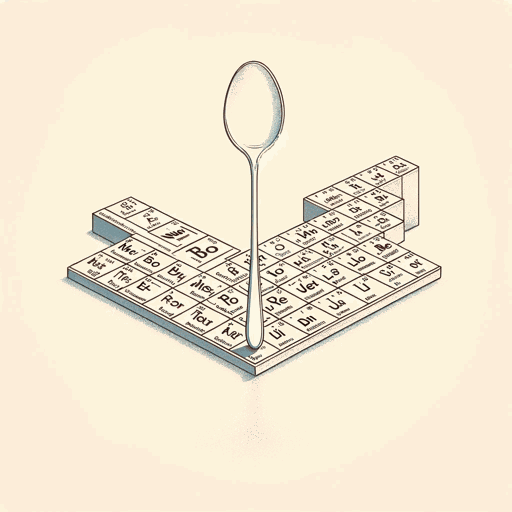93 pages • 3 hours read
Sam KeanThe Disappearing Spoon: And Other True Tales of Madness, Love, and the History of the World from the Periodic Table
Nonfiction | Book | Adult | Published in 2010A modern alternative to SparkNotes and CliffsNotes, SuperSummary offers high-quality Study Guides with detailed chapter summaries and analysis of major themes, characters, and more. For select classroom titles, we also provide Teaching Guides with discussion and quiz questions to prompt student engagement.
Exam Answer Key
Multiple Choice
1. A (Various chapters)
2. C (Part 2, Chapter 4)
3. D (Part 2, Chapter 5)
4. A (Various chapters)
5. C (Part 2, Chapter 5)
6. B (Part 5, Chapter 18)
7. C (Part 3, Chapter 10)
8. A (Part 2, Chapter 7)
9. B (Various chapters)
10. D (Various chapters)
11. A (Part 3, Chapter 10)
12. C (Various chapters)
13. B (Various chapters)
14. D (Various chapters)
15. C (Various chapters)
Long Answer
1. Sam Kean uses stories that explore the elements to familiarize people with their properties, oddities, and discoveries. For example, he explains that the trail of Lewis and Clark can be discovered by following traces of mercury that the group used to cure constipation. This method is effective as it helps individuals relate to the elements through storytelling. (Various chapters)
2. Several conflicts have erupted around the world as people abandon former positions to mine for precious elements. For example, the elements tantalum and niobium are used in cellphones and found near farms in the Democratic Republic of Congo in Africa. Farmers abandoned their farms to mine these elements, causing famine, enriching militias, and exacerbating war.

